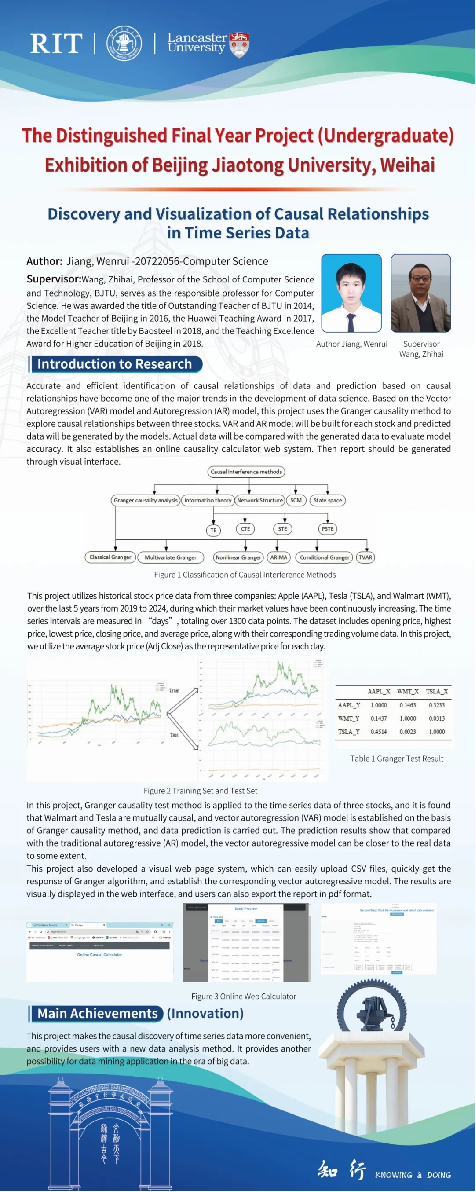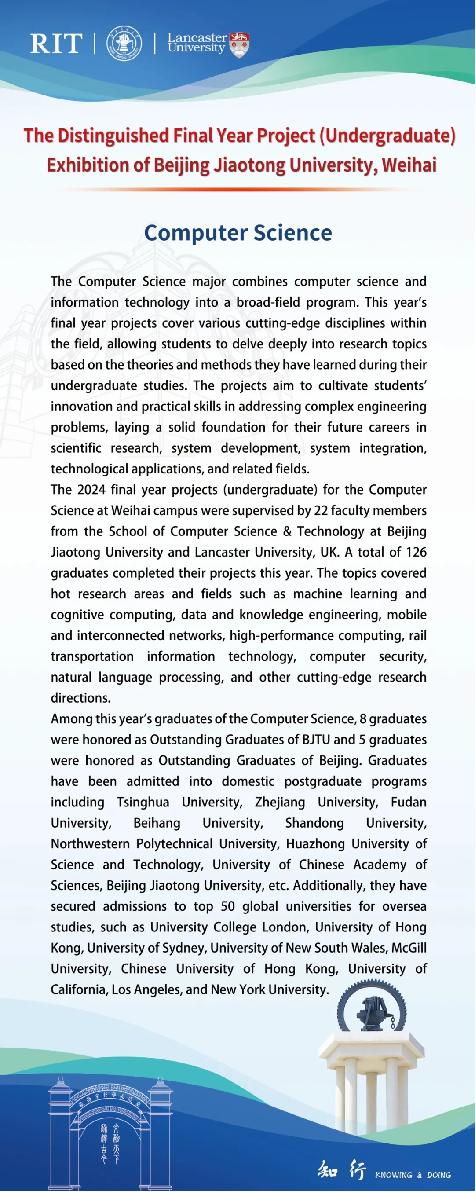
Jiang Hanqi
In this study, we introduce eye-tracking data between medical images and diagnostic reports, design a novel multimodal training framework, integrate eye-tracking data based on the graphic alignment model, direct the model to focus on key regions in medical images, improve feature extraction and understanding, and enhance the performance of the model in medical image analysis. The results show that the model achieves SOTA accuracy on multiple datasets; in the graphic retrieval experiments, the model demonstrates a more significant improvement.
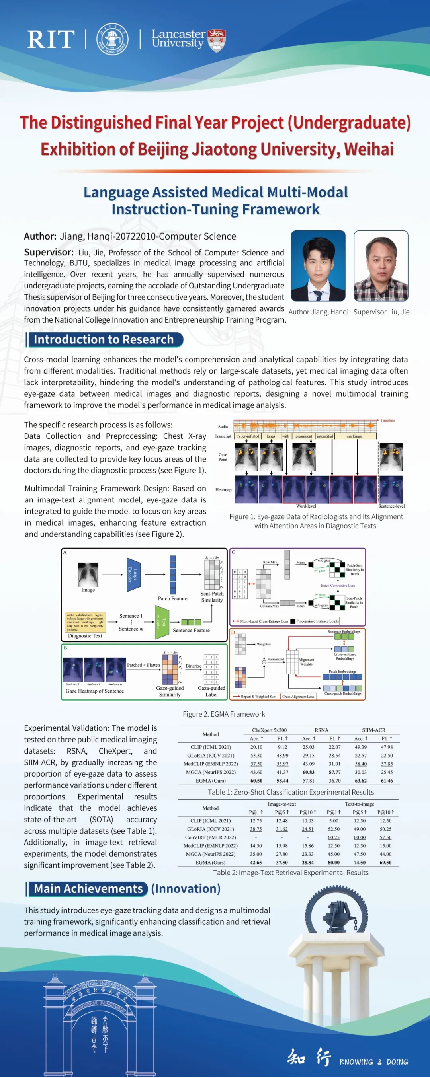
Zhang Shixin
This study develops pervasive, multi-view graph neural network visualization applications. By employing advanced visualization techniques implemented in D3.js and VTK, GNN Playground presents graph data views and the organization of the graph structure by physical forces simulated using force-directed graph algorithms. Tight integration with the DGL library enables GNN Playground to support in-depth analysis and comparison of GNN models on multiple publicly available datasets, focusing on key tasks such as node classification.
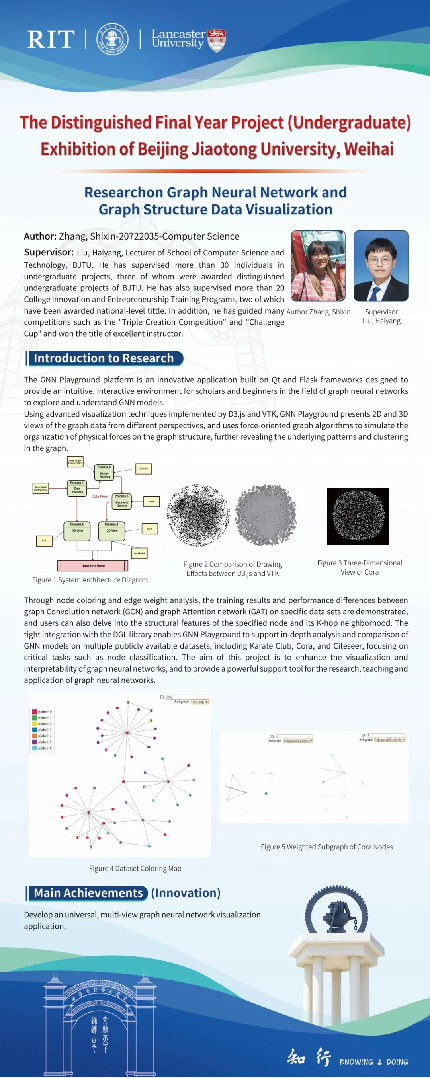
Zhao Kaixiang
In this paper, we propose an automatic programming method based on combinatorial machines, presenting a complete technical route including key steps such as user intent translation, combinatorial machine-driven program space generation, program screening, and Haskell code generation. Through case studies and experimental evaluations, it is verified that the system is capable of automatically generating high-quality Haskell programs based on the user's natural language requirements, empowering non-professionals to participate in software development.

Shen Bohan
This study is all about improving the future interaction with UAV swarms through virtual reality environments, proposing a human-UAV swarm interaction interface based on the human-swarm-task design, and performing system and interaction design, introducing line-of-sight tracking interaction. the UI design also facilitates fast decision-making and precise task execution. This method significantly reduces the cognitive load of the user and allows the operator to quickly accomplish the deployment of the UAV swarm as well as the mission.
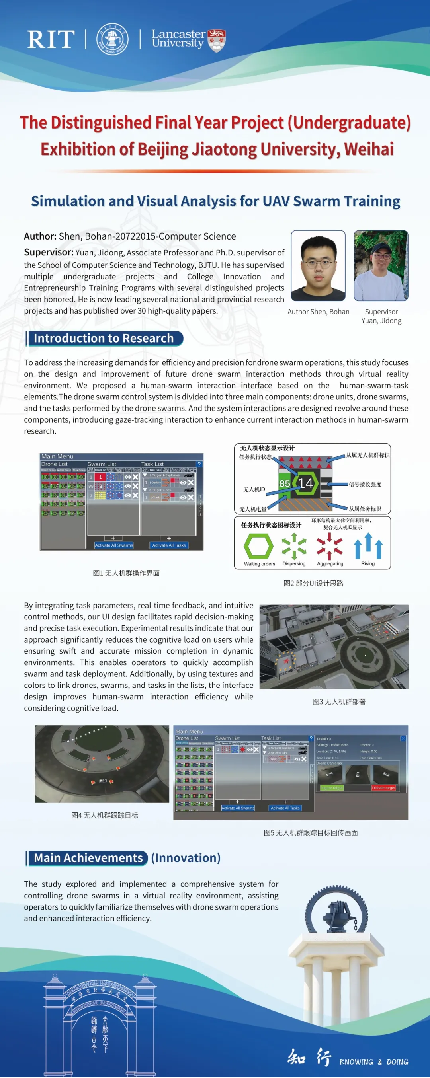
Yijun Chen
This study introduces a diffusion model for federated learning systems to achieve high-quality and high-diversity data poisoning attacks. Firstly, a simple federated learning system is established, and Denoising Diffusion Probabilistic Model (DDPM) is used as the attack model for data poisoning attack, and the effectiveness and covertness of the attack are analyzed and evaluated to solve the problem of low diversity of the poisoned data generated by the current GAN-based attack.
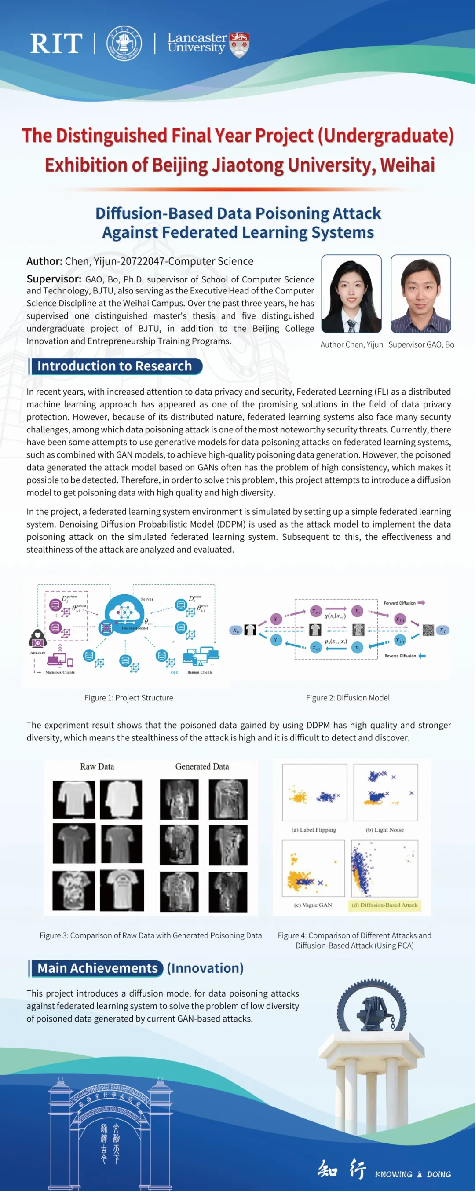
Jiang Wenrui
In this project, stock is used as a typical time series test case, Granger causality method is applied to study the causality in time series data, and vector autoregressive model is built for data prediction. Meanwhile, a web page visualization interface was built, using VUE framework + ElementUI in the front section and Django framework in the back end. The web page online calculation of causality was realized.
